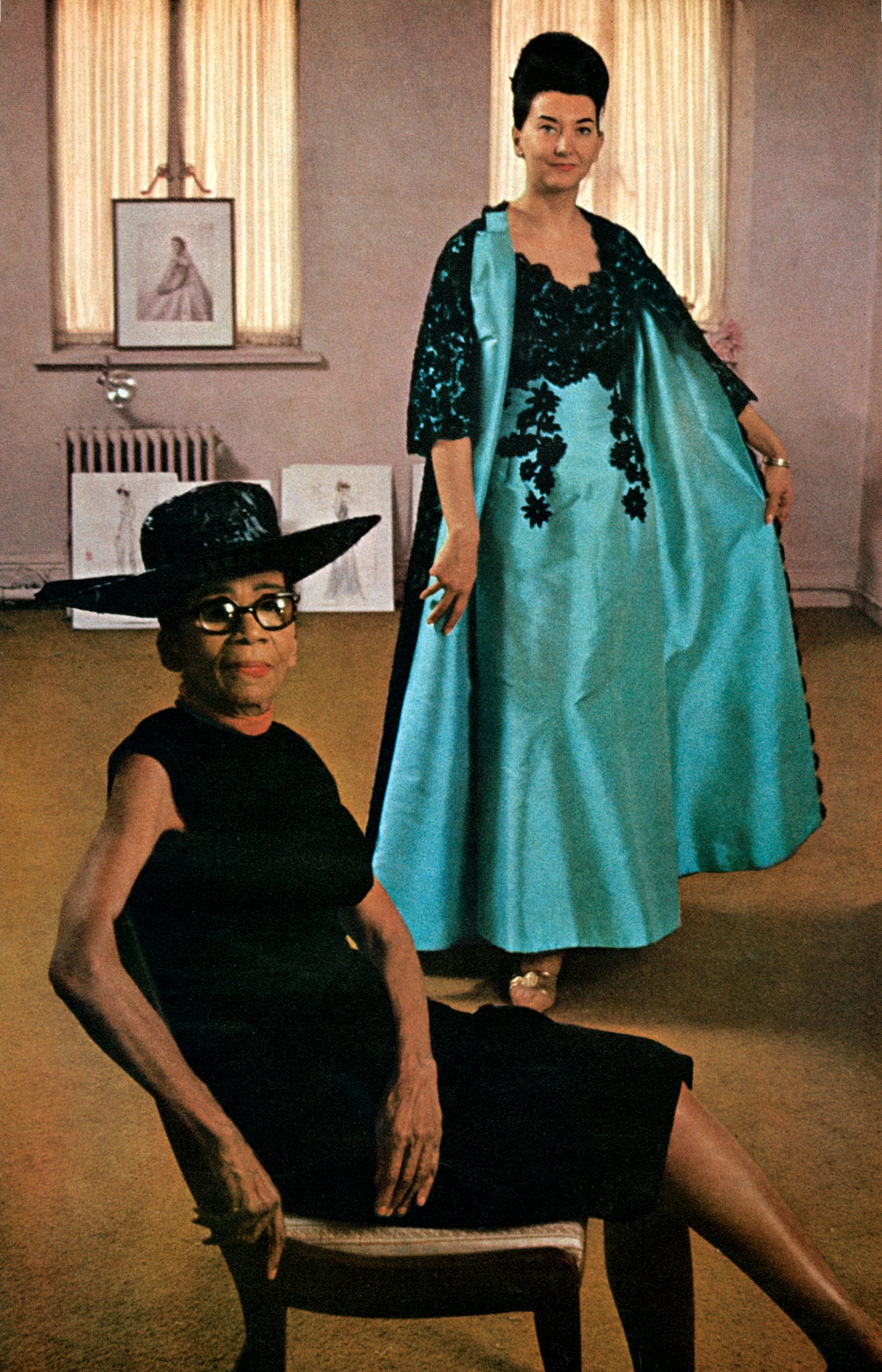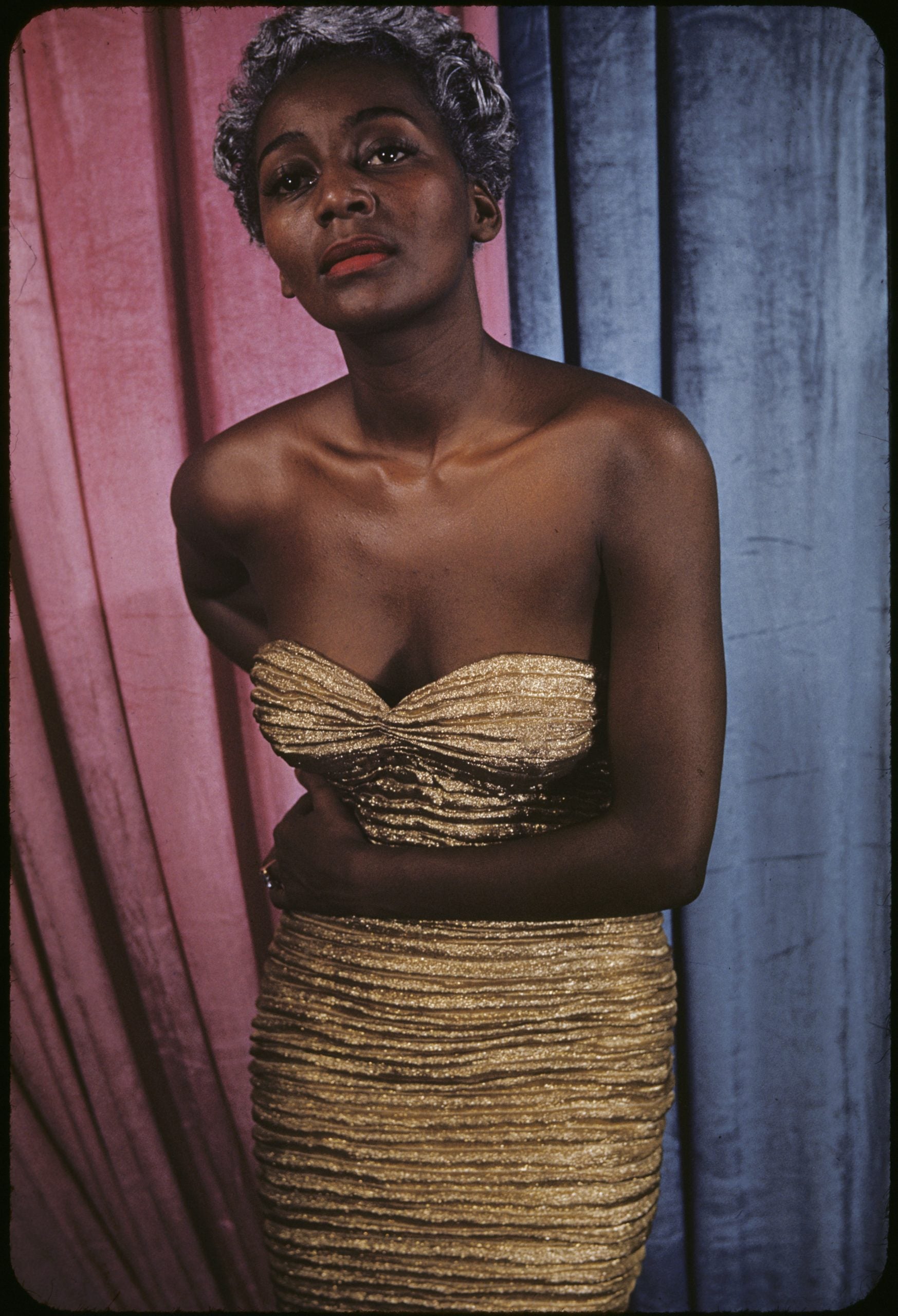
[ad_1]
Charlene Prempeh’s new book is pushing Black talent into the spotlight. She noticed that there wasn’t enough documentation of Black history in and decided to change that. Her main goal when writing Now You See Me: 100 Years Of Black Design was to give credit to those who are unsung. These individuals may not be well known, but they have contributed largely to Black fashion in the past century. “Being part of that documentation was important to me. The reason why that history is really important to me is because if we learn from that history, there is this sense that, we will be less likely to make the same mistakes,” Prempeh tells ESSENCE.com.

Despite studying politics, philosophy, and economics at the University of Oxford, Prempeh has never called herself a historian. However, her new book provides the opportunity for others to learn details that the general public just doesn’t know, especially about individuals who are not household names such as designer Ann Lowe and costumer Zelda Wynn Valdes. Lowe is a couturier who is credited with creating Jackie Kennedy’s historic wedding gown. Valdes sewed the original Playboy bunny costumes. More creatives from the past century that Prempeh centers in Now You See Me include graphic designer and art director, Emmett McBain and famed architect Paul Revere Williams.
The author and founder of the creative agency A Vibe Called Tech started research for her debut book at the tail end of 2020 in the midst of the lockdown that was sparked by global cases of COVID-19. Much of the text she needed for her research was in America while she was working on most of the book in Britain. This delayed things significantly since she couldn’t travel to New York due to the restrictions that were in place. So she diligently picked up her research process in late 2021. She tells me that a large part of additional research was done in May 2022. The author notes that the grit and perseverance that led to the publishing of the book was a labor of love.

Prempeh decided to add notable names in fashion that would be recognizable in her book like stylist Law Roach and designer and interdisciplinary artist Samuel Ross to give another perspective. “I wanted to use voices that people recognized and respected,” she shared. Prempeh previously interviewed Roach ahead of his retirement announcement and had a realization that Black creatives often must push through the difficulties of the industry. “When I interviewed him for the book, he sounded super optimistic,” Prempeh said. “It made me think about how much energy he must have had to [shell out] not just for me, genuinely, [but also] how much [he has to] maintain that enthusiasm, when what was clear from those posts was that he was struggling with the dynamics of the industry,” she adds. Something else that stood out to the author was the lack of billion-dollar Black fashion brands. In a chapter of Now You See Me, Prempeh explored the career of Willi Smith and his immensely profitable brand. She mentions the fact that when he died, she feels his legacy died with him.
This book was written to correct that kind of history we’ve often seen repeated. Black-founded fashion brands like Off-White created by the late Virgil Abloh need to be more common, according to Prempeh. She also believes that Black talent needs to know what obstacles to expect to weave through as they launch their companies. Additionally, she feels the fashion industry as a whole needs to remember and honor the countless designers, stylists, creative directors, and more that have led it to blossom in the past 100 years. Each of these notions is what drives Now You See Me. Prempeh is hopeful that her book will be a catalyst for change.
“Discovery is beautiful. You don’t make a book without wanting people to see it, but I can genuinely say that a huge part of why I want people to read this book is because I feel like there are all of these discoveries that so many people genuinely don’t know,” Prempeh details. “I want to pass on information in the hope that it sparks creativity, ideas, or threads of discovery for other people,” she adds.
[ad_2]
Source link







